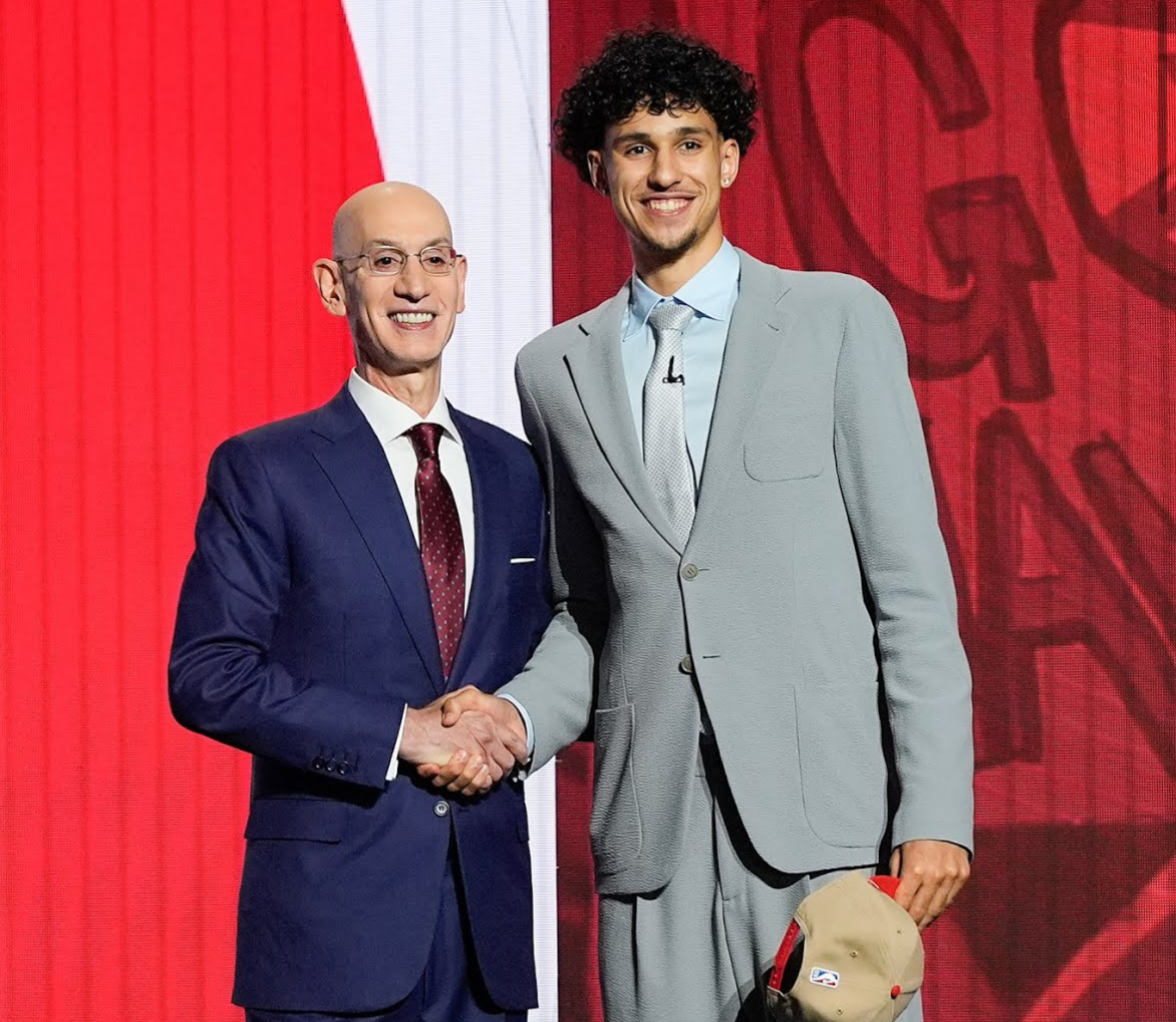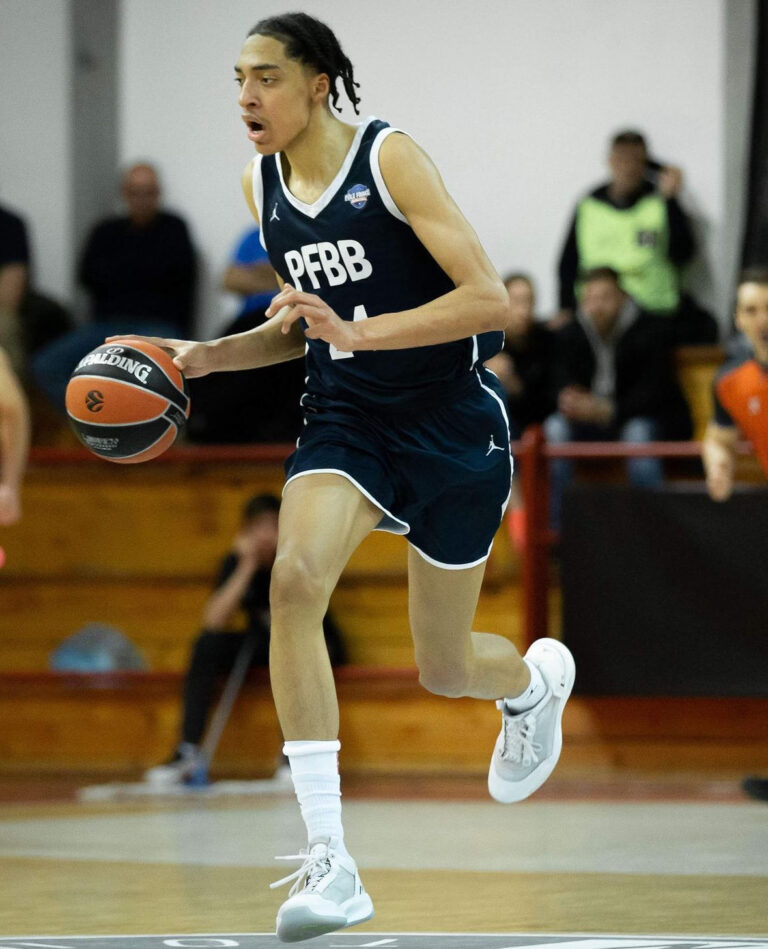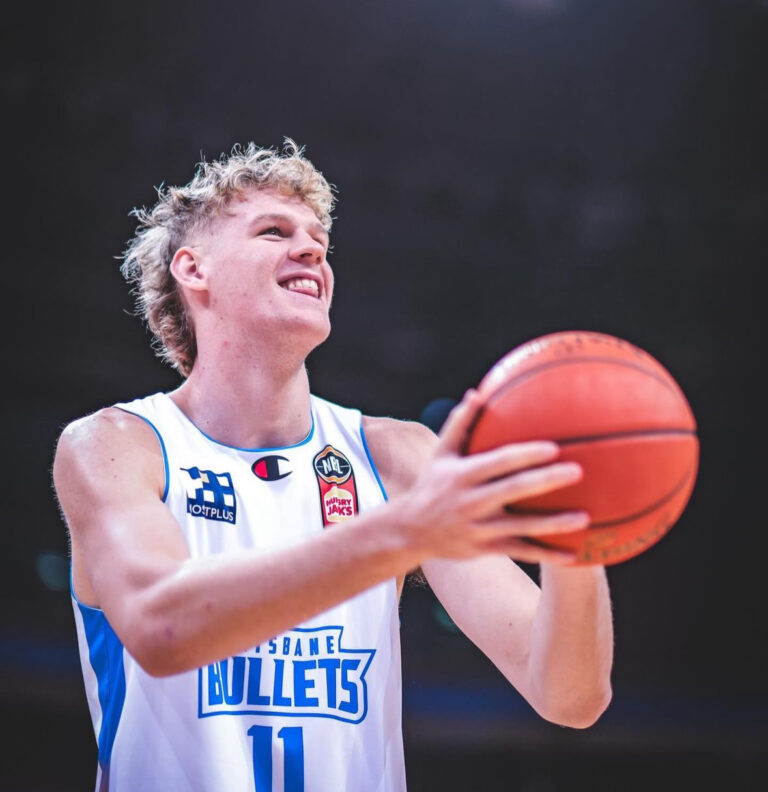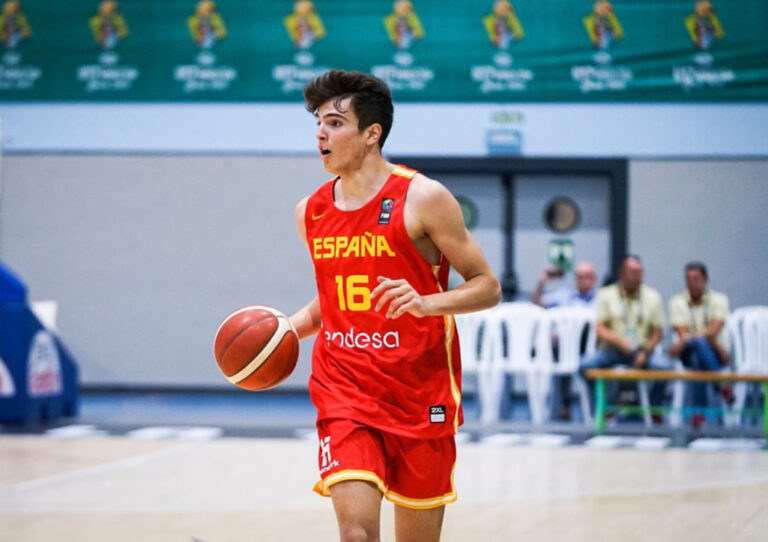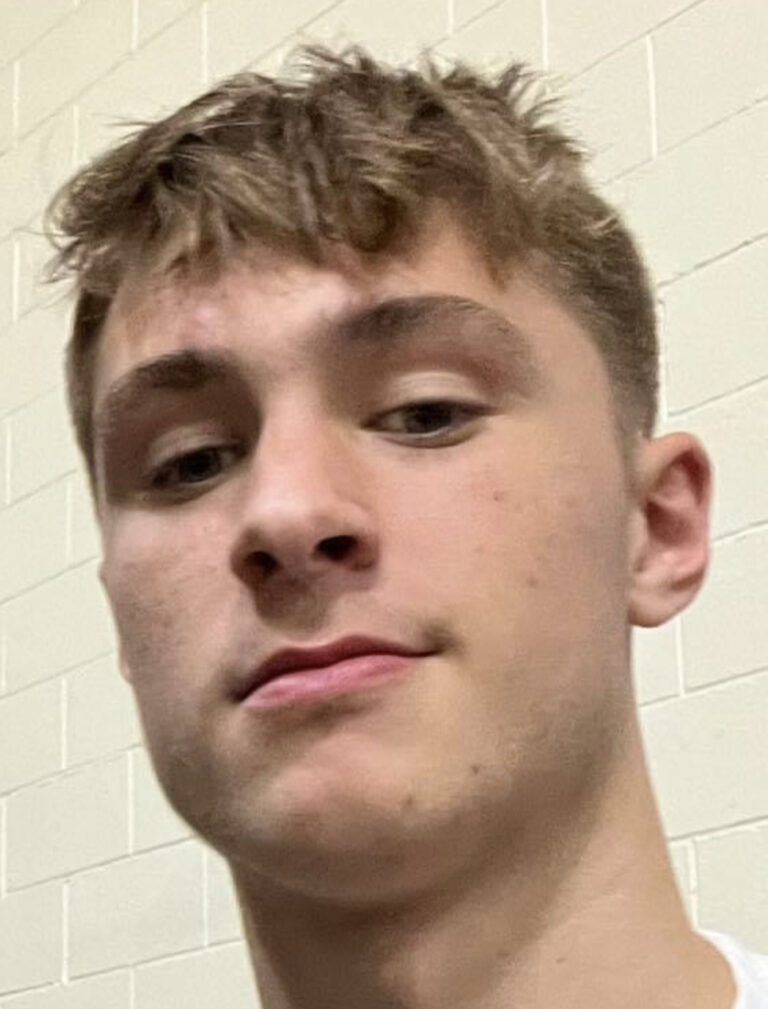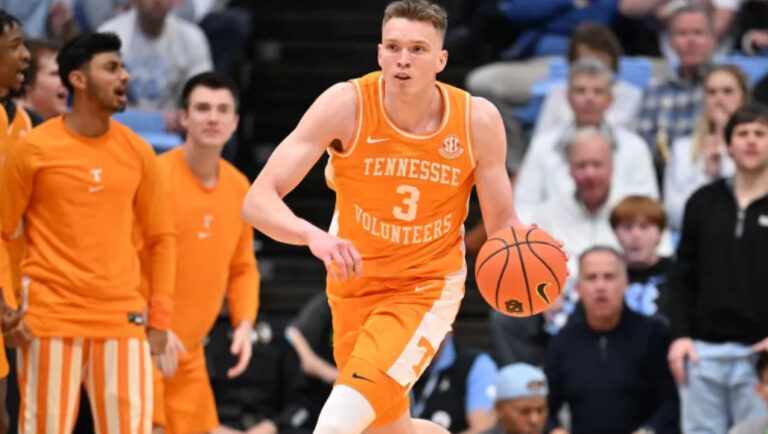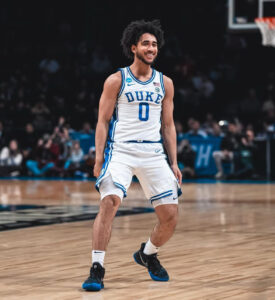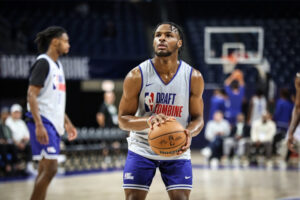Very rarely is there such an overall lack of consensus regarding the top picks in a given
NBA draft class. The vast majority of the time, everyone knows who is set to go first overall long before draft night arrives. In most cases, even before the lottery order is set, it is already a foregone conclusion who the first player to hear their name called will be. This is because in most cases ‘fit’ is usually not taken into account when it comes to selecting players who are generally viewed as generational or potentially franchise altering. Confusion amidst the top of the draft is oftentimes how players like Anthony Bennett and Andrea Bargnani, end up going #1 overall.
Ultimately, time will eventually tell if the selection of Zaccharie Risacher by the Atlanta Hawks deserves to be added to the list of underwhelming first overall picks.
Leading up to the night of the draft, there was a lot of chatter—as there often is—about potential trades taking place early on in the night. It was widely reported that picks 1-3 were seen as ‘available’ at the right price. Uconn’s Donovan Clingan was specifically rumored to be a player many teams coveted as a potential trade-up option. In the end however, no one chose to pull the trigger on a trade for the Uconn big man, and he was eventually taken 7th overall by the Portland Trail Blazers. The first deal of the night was not made until the following pick, when the San Antonio Spurs, holding the 8th pick, selected Kentucky’s Rob Dillingham for the Minnesota Timberwolves, who in return sent back a collection of future draft picks.
As is the case every year with every draft, there are always some surprise players who unexpectedly rise and fall during the first round. Some notable risers from the first round included Ron Holland, Tidjane Salaun, Zach Edey, Bub Carrington, and AJ Johnson. Ron Holland barely qualifies as a riser because just over a year ago he was the #1 ranked player in his class, but after a year of struggling with inefficiency and turnover issues, plenty of mock drafts
projected the athletic wing to fall closer to the bottom of the lottery. The fact that Detroit still felt motivated enough to use the 5th overall pick on Holland just goes to show how much they believed in his ability to continue growing and tapping into his nearly unparalleled athletic potential. Tidjane Salaun most definitely qualifies as a riser because for much of the pre-draft process he looked like a potential late first-rounder.
As more teams began to see more and more of Salaum however, they began to picture a high-ceiling rangy stretch forward. Given the Charlotte Hornets’ desperate need for young, high upside players it’s not overly surprising they chose to use the 6th overall pick on the lengthy French forward. Zach Edey has long been a polarizing player, with many claiming that his game simply doesn’t fit the modern day NBA. Despite the Memphis Grizzlies’ clear need for some size in the interior, their decision to make Edey the 9th overall pick in the draft probably says more about this class than anything else. Bub Carrington’s blend of youth and scoring acumen has caused him to steadily rise up draft boards for at least a month or two now. Going into the draft Carrington felt like he’d garnered enough momentum to be able to find a home in the first round, so the fact that he nudged his way into the back end of the lottery—via the Washington Wizards—was only slightly surprising. Lastly, AJ Johnson of the Illawarra Hawks has to be the biggest riser of the first round. Johnson only recently began to pop up at the backend of the second round in mock drafts, so to see him leap all the way up to pick #23 was certainly a surprise. But much like Carrington, Johnson’s youth and perceived upside surely played a large factor in his meteoric rise—along with the fact that his game has been continuously compared to 3x 6th Man of the Year Award winner Jamal Crawford.
Some notable fallers from the first round included Matas Buzelis, Nikola Topic, Dalton Knecht, and Isaiah Collier. Much like his former G League Ignite teammate Ron Holland, only barely qualifies as a riser, Matas Buzelis only barely qualifies as a faller. Going into the night Buzelis looked like a safe bet to go in the top 10 with many mock drafts slating him as high as pick #5 to Detroit. Ultimately, Buzelis was selected by his hometown Chicago Bulls at #11, who surely valued his athleticism and overall versatility. Nikola Topic was perhaps the least surprising player to have a slight draft night skid, as reports of a partially torn ACL had already circulated and caused him to slide closer to the bottom of the lottery in most mock drafts. After previously looking like a favorite to go as high as 4th overall to the Spurs, Topic had to settle for going 12th overall to last season’s Western Conference top-seeded Oklahoma City Thunder—not a bad consolation prize. Of all the players who ‘fell’ in the first round, perhaps no one fell further than Tennessee’s Dalton Knecht.
After consistently being mocked in the top 10, (sometimes as high as pick #4), Knecht fell all the way out of the lottery to pick #17. Knecht did end up in a good situation however, on a win-now Lakers squad in bad need of outside shooting, so Knecht can hardly be labeled as a draft-night loser. The combination of an in-season ankle injury and a less than inspiring pre-draft process seemed to lead to Colliers’ lack of momentum heading into the draft, so his slight skid towards the backend of the first round is not too unexpected. Of all the players slotted for a potential slide down the draft board, Collier perhaps seemed like the most likely. At pick #29, however, Collier’s combination of downhill strength and on-ball craftiness were too much for the Jazz to pass up on the former USC guard.
As is often the case on NBA draft night, the first round was chock-full of its fair share of surprising and memorable moments. There truly is nothing like watching a group of young men realize their lifelong dream of playing in the NBA. Now that we know where all the first round picks will be playing, the excitement and focus can begin to shift towards Summer League, where we will be able to get an even better sense for many of these players’ games and how they will fit in at the next level. Additionally, while this draft class may not have the high-end talent commonly found at the top of the draft, it is widely understood to be a deep draft.
As a result of the depth of the draft, there are still a handful of potentially impactful role players like Duke’s Kyle Filipowski, Kansas’ Johnny Furphy, and Marquette’s Tyler Kolek still waiting to hear their name called when the draft continues with the second round on June 27th.
